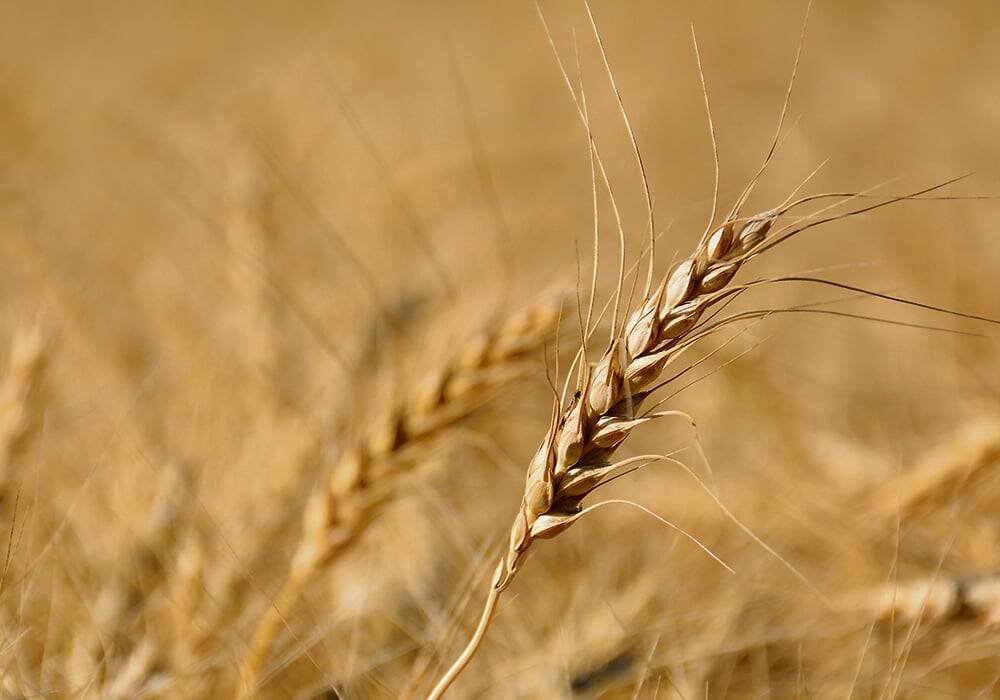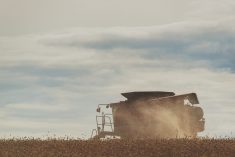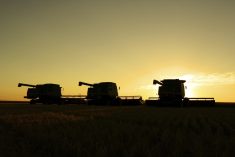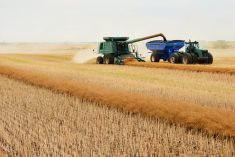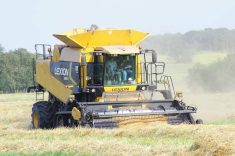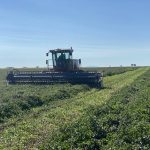Glacier FarmMedia — Growing areas of Manitoba received little and varied rainfall during the week ended Aug. 4, the province’s weekly crop report said.
Most areas received no precipitation whatsoever while the wettest place in Manitoba was Sprague in the eastern region at 19.8 millimetres. The Interlake region was especially dry as Moosehorn saw the most rainfall inside the region at 0.8 mm.
Most of the southwest, central and eastern regions have accumulated more than 100 mm this growing season. The northwest and Interlake regions have large areas of accumulations below 50 per cent of normal. Only Sinclair in the southwest region has seen more than 100 per cent of its typical rainfall amount since the start of May at 106 per cent (206 mm).
Read Also
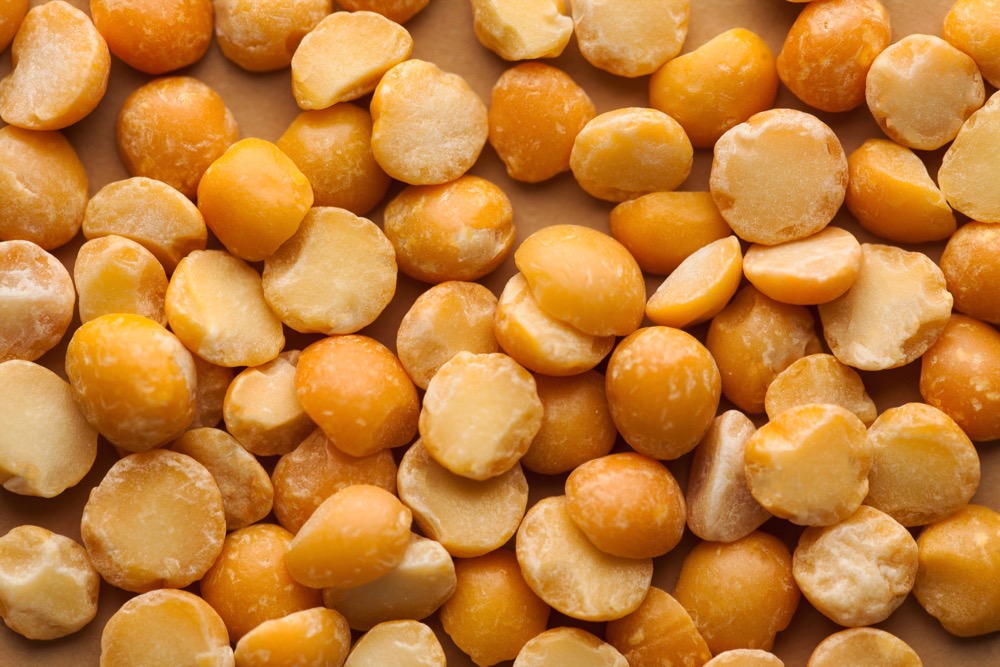
India slaps 30 per cent import duty on yellow peas
India has imposed a 30 per cent duty on yellow pea imports with a bill of lading date on or after Nov. 1, 2025.
Despite the dryness, spring wheat was rated 85 per cent good to excellent in the Interlake with all other regions reporting at 80 per cent. The earliest seeded spring wheat was in the hard stage of development, while most barley and oat fields were in the soft to hard stages. Most winter wheat and fall rye were in desiccation timing, while most corn fields ranged from R1 to the blister stage.
The earliest seeded canola was fully podded and 30 per cent were showing seed colour change. Late seeded canola has only finished flowering. Flax was in late-stage flowering with the earliest seeded fields showing bolls turning colour. Sunflowers were in the R3 to R5 (flowering) stages.
Most field peas were in the ripening stage and approaching desiccation. Soybeans ranged from the R2 and R3 stages in the late-seeded crop to R4 with full pods in the early seeded crop.
Hay yields were below average across most of Manitoba due to dry and warm conditions. A second cut for beef herds is not expected and most dairy producers have completed their low-yielding second cut. However, in areas with more rainfall than most, growers will monitor the fields to see if a second cut is warranted. Cereal silage was ongoing with average to below-average yields, while corn intended for silage was tasseling.
Limited moisture has caused producers to haul water to dugouts due to low levels or quality. Many pastures have seen limited regrowth due to the lack of moisture while others were browning off or were affected by grasshoppers. Producers in the Interlake, near Swan River and in the eastern region were supplementing feed out on pasture, while others are grazing hay fields.
Cattle on pasture are in good condition overall, although fly pressure remains a concern and some cattle have acquired foot rot and pneumonia. Many producers are preparing to start feeding earlier than usual in the fall and lining up alternative feeds in the winter.


